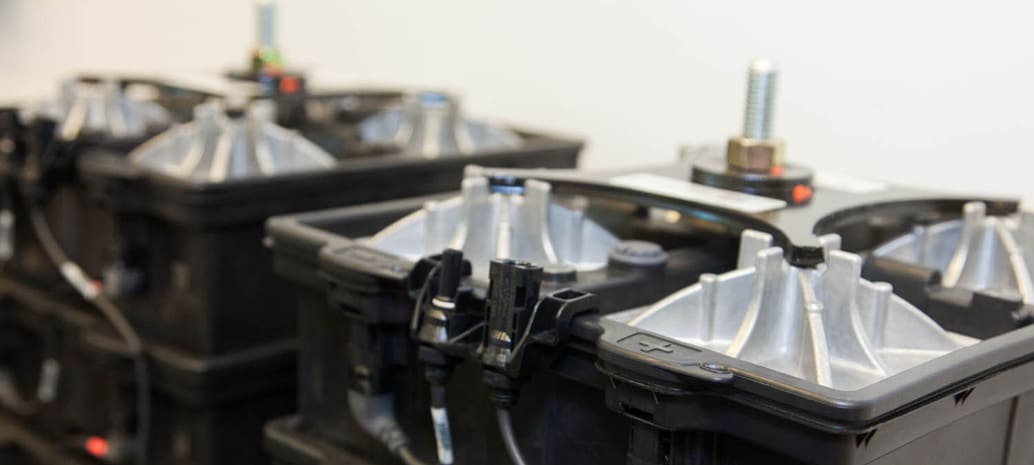The potential of energy storage to revolutionize electric grids is being recognized more and more by both regulators and utilities, which is reflected in the growing adoption of batteries at all scales. However, to take full advantage of the many benefits that energy storage systems provide it is necessary to value and compensate these services.
Batteries are often able to provide multiple benefits at different levels, and yet existing regulatory structures are often not equipped to deal with this. Until last week this was true of California, where market rules did not support the ability of energy storage to “stack” multiple services.
In a January 11 decision the California Public Utilities Commission (CPUC) approved a set of rules to govern multiple uses for energy storage. In the words of Commissioner Peterman, who wrote the proposed decision, this is a step towards allowing energy storage systems to realize their “full economic value”.
The 11 rules insure that energy storage systems connected at customer sites are able to provide services at the distribution or transmission level, and that systems on the distribution side are able to provide services on the transmission grid. It also calls for a prioritization for services that are necessary for system reliability.
As reported by the American Public Power Association, Commissioner Peterman has noted that this is “the first time that any commission has tried to do anything like this”.
The decision today may be more of a starting point than an end-goal. Along with adopting the 11 rules and calling on the state’s three large investor-owned utilities to reflect them in their 2018 storage procurement applications, the ruling also calls for the creation of a working group to come up with new rules and/or modification of existing rules.
Trade group Energy Storage Association (ESA) has expressed its support of the decision.
“ESA applauds the forward-thinking framework that the California Public Utilities Commission has approved to enable multiple-use energy storage,” reads a statement by ESA CEO Kelly Speakes-Backman. “We are pleased the CPUC correctly recognizes the unique flexibility of storage, which offers savings to ratepayers, enhances customer choice and improves grid reliability and resilience.”
“The CPUC’s decision will allow all storage assets — owned either by customers, by utilities, or by third-parties – to provide a greater range of services to the electric system and avoid more costly peaking resources or upgrades to the distribution infrastructure.”
This content is protected by copyright and may not be reused. If you want to cooperate with us and would like to reuse some of our content, please contact: editors@pv-magazine.com.









By submitting this form you agree to pv magazine using your data for the purposes of publishing your comment.
Your personal data will only be disclosed or otherwise transmitted to third parties for the purposes of spam filtering or if this is necessary for technical maintenance of the website. Any other transfer to third parties will not take place unless this is justified on the basis of applicable data protection regulations or if pv magazine is legally obliged to do so.
You may revoke this consent at any time with effect for the future, in which case your personal data will be deleted immediately. Otherwise, your data will be deleted if pv magazine has processed your request or the purpose of data storage is fulfilled.
Further information on data privacy can be found in our Data Protection Policy.